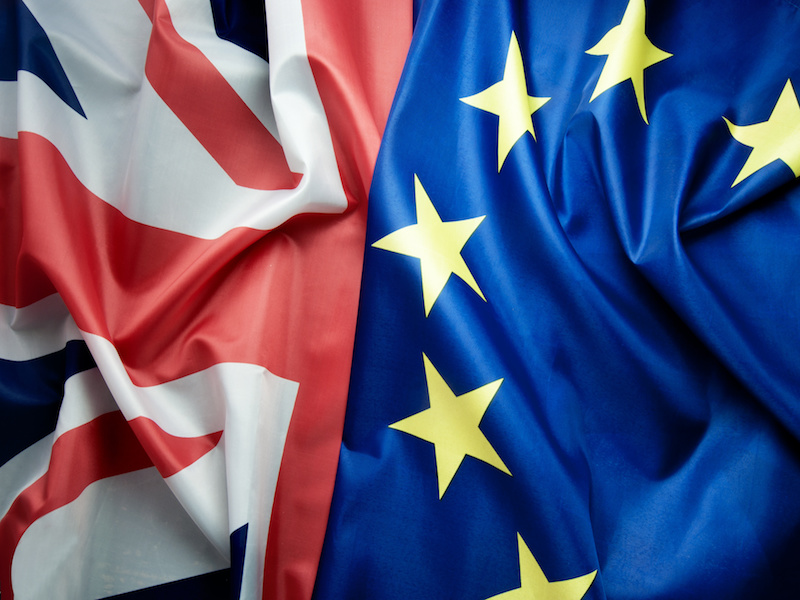
As the Brexit deadline of March 29 inches closer, markets remain uncertain about a resolution to the situation between the U.K. and the European Union.
“The most astonishing element in all of this is that two-and-a-half years later, there’s almost no additional clarity on what we’re actually going to end up with,” said Peter Westaway, chief economist and head of the investment strategy group for Europe at Vanguard Asset Management Ltd., at an event hosted by the investment manager in Toronto on Tuesday.
Currently, there’s evidence that outside investors, as well as companies within the U.K., are avoiding spending too much as uncertainty continues to boil, preferring to wait until a clearer picture emerges, he said.
Read: What’s the investment outlook for pension funds in 2019?
And for all the criticism fielded by Prime Minister Theresa May for the deal she’s negotiated with the E.U., it’s likely close to the best possible version given all the factors she’s required to include, said Westaway.
One element of unexpected tension is the border with Northern Ireland, said Westaway. “The problem is, with Northern Ireland, there’s a long and bloody history between the Catholics and the Protestants for which that border with southern Ireland has represented a very signifiant symbol of that conflict. So the Good Friday agreement in the 1990s removed all of those border posts, and everybody agreed in Europe and on both sides of the border that we don’t want to go back to that. So fundamentally, that’s a non-negotiable across all parties.”
In attempting to keep a soft border in place with Northern Ireland, part of the discussion has been the idea that technology could be used to track goods effectively, without the need for the added security and scrutiny of a more traditional border.
Read: How are trade jitters, geopolitical risk affecting equities?
Currently, a clause in May’s deal allows for this concept, theoretically. However, the technology in question isn’t good enough for that to be a real solution. The deal also adds that if the technology doesn’t become workable, Northern Ireland will be required to remain part of the E.U. And that’s a separation that’s extremely unpalatable to many British politicians today, he said. “That would be the first step on a slippery slope towards reunification of Ireland, because you’re starting to treat Northern Ireland differently from the rest of the U.K.”
While the various possibilities represent a tangled web, four bottom-line scenarios exist for Brexit. There’s about a 15 per cent chance of a no-deal Brexit, where the country reverts to World Trade Organization rules, creating an extremely unfavourable tariff situation, said Westaway. More likely, at a 35 per cent probability, the U.K. will establish, and the E.U. will ratify, some version of a Brexit deal.
Read: Heading into 2019, geopolitics continue to shadow markets
Further, there’s a 35 per cent chance the U.K. will move forward with a so-called ‘soft’ Brexit, where certain trade considerations remain similar to what’s currently in place, with the U.K. likely having to compromise by allowing free movement of labour as currently exists within the E.U.
Finally, there’s a 15 per cent chance of another U.K. referendum, which would be likely to put forward a choice between remaining in the E.U. or an established deal scenario.
As the situation continues to develop, the likelihood of each scenario is still very much subject to change, stressed Westaway.
